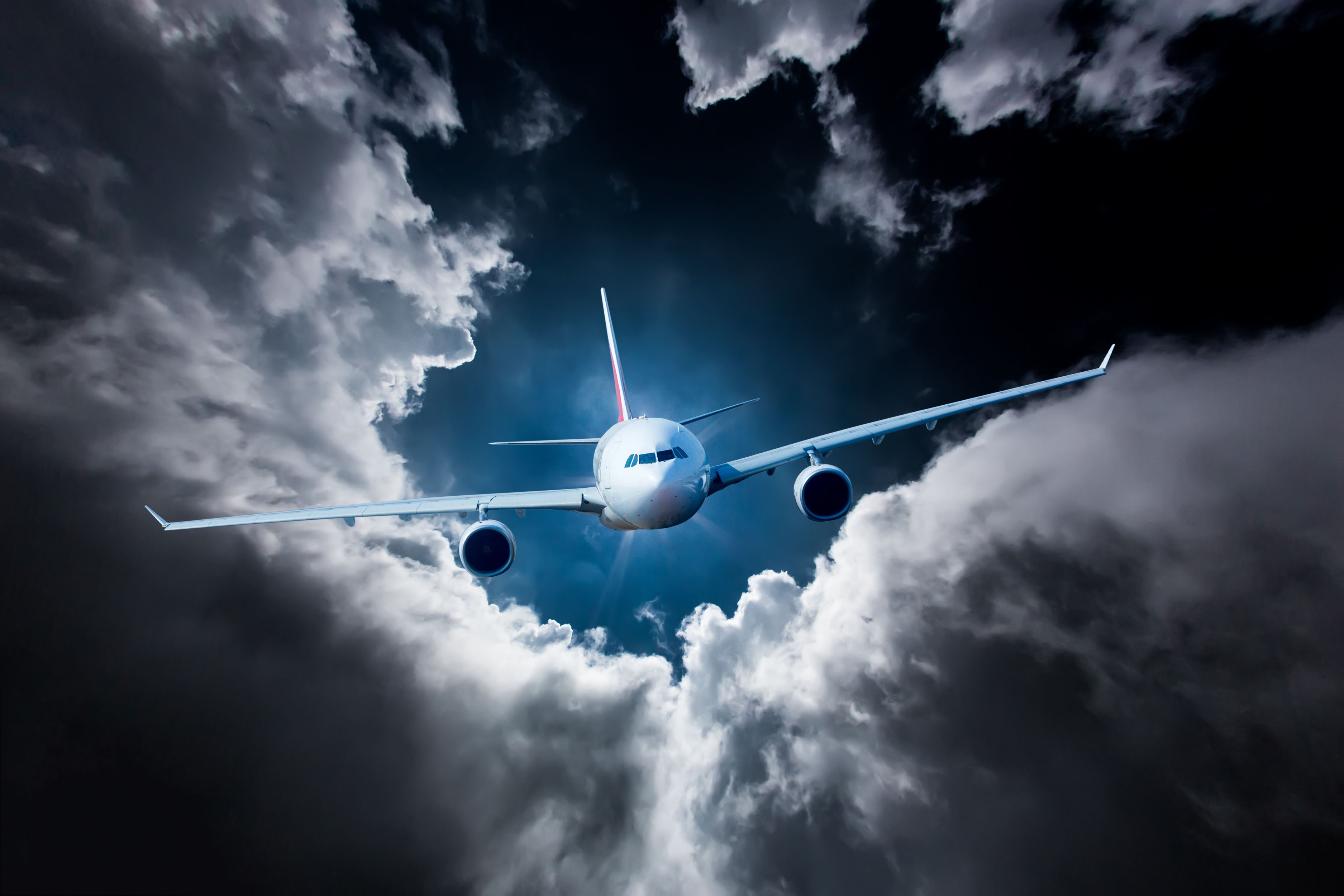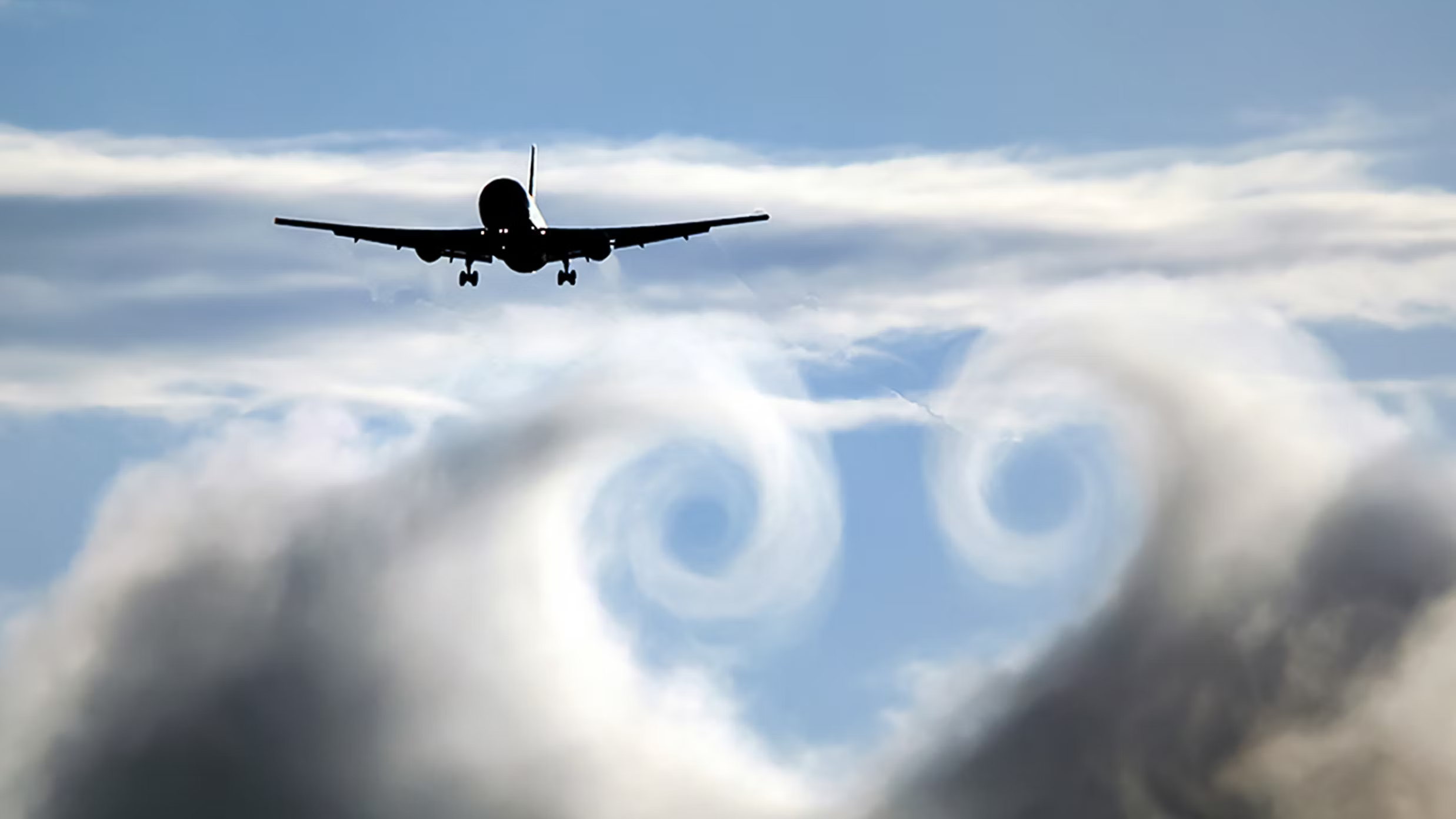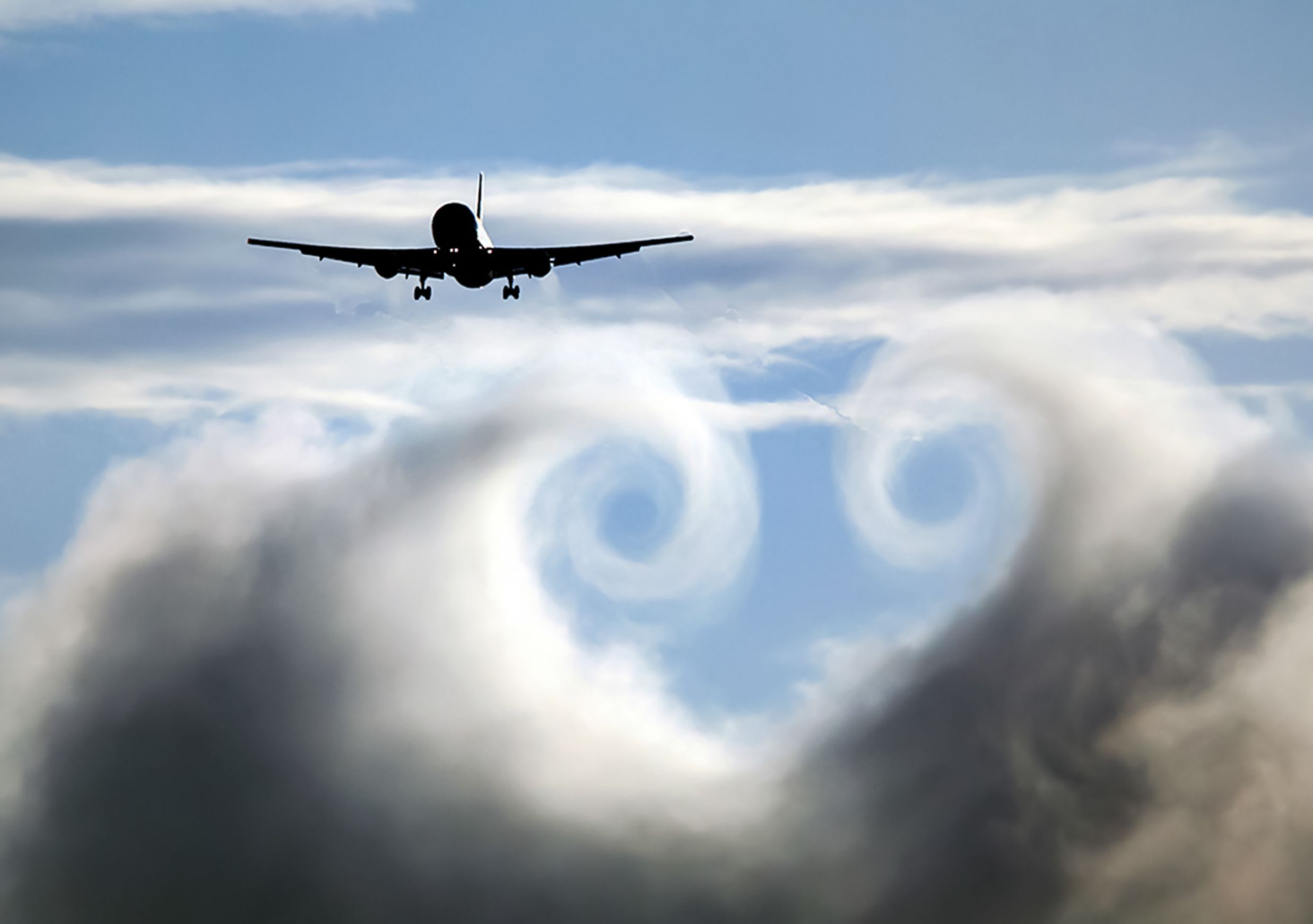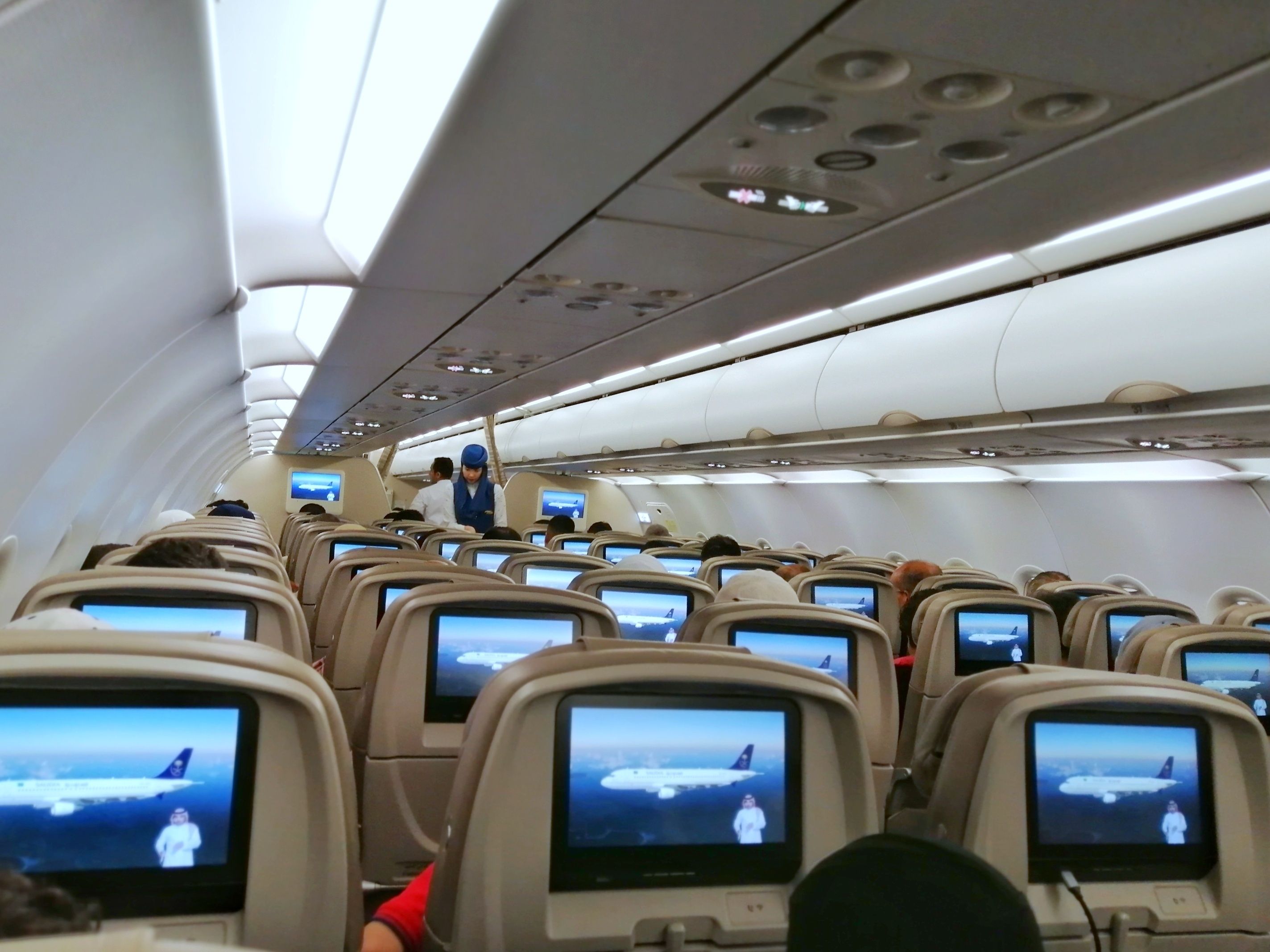Summary
- Turbulence is relatively uncommon, but severe turbulence can be dangerous and has led to fatalities.
- Four main factors cause turbulence: windshear, frontal, mechanical, and thermal turbulence.
- Crew and passengers are at risk of injury during turbulence, highlighting the importance of seat belts.
Very few people look forward to a bumpy flight. For some, it is such a big concern that it may keep them from getting on a plane altogether. While turbulence is by no means a comfortable or enjoyable experience, modern jetliners are built to withstand tremendous strain. As long as you buckle up, there is usually nothing to fear but fear itself.
However, not all passengers remain buckled up for the entirety of their flight, particularly on long-haul journeys, and turbulence can strike without warning. In this case, turbulence is very dangerous and has led to several onboard deaths over the years, most recently onboard a Singapore Airlines flight.
How dangerous is turbulence?
Statistically speaking, turbulence is a relatively uncommon experience on any given flight, and it’s even more uncommon to experience what would be classified as ‘severe’ turbulence. According to the National Center for Atmospheric Research, there are an average of 65,000 reports of ‘moderate-to-severe’ turbulence over the United States each year and around 5,500 instances of severe turbulence globally.
Photo: hlopex | Shutterstock
As per FAA data, between 1980 and 2008 there were 234 accidents reported due to turbulence – of these cases, there were three deaths and almost 300 injuries of varying severity, with two of the deaths the result of passengers not wearing their seatbelts. So it is very rare for turbulence to kill, but it does happen.
On a recent Singapore Airlines flight from London, a 73-year-old man died of a suspected heart attack after the plane ran into severe turbulence. Additionally, 71 passengers were taken to hospital for injuries, many of which were severe, with 20 in intensive care and 14 requiring surgery.
The four main causal factors and CAT
Four main factors specifically cause turbulence:
- Windshear happens when two neighboring areas of air move in different directions. This type of turbulence hits the plane when entering or exiting a jet stream, crossing over temperature differences, when it is close to a storm front, or hitting the hot air residue from another plane.
- Frontal turbulence is caused by lifting warm air as it hits a cold front and is most common in winter. Mechanical turbulence is dictated by varying surfaces on the ground, causing the wind to pool and form vertical eddies.
- Thermal turbulence mostly affects planes when they are closer to the ground, such as during take-off or coming in for landing, as hot air updrafts from Earth’s surface form pillars.
- What is known as clear-air turbulence (CAT) can be brought about by any of these factors, causing it to move at different speeds at the ‘inner’ and ‘outer’ parts of the wave. It can hit without warning and be quite severe and is the main reason why you are asked to keep your seatbelt on while seated.

Related
Invisible Danger: A Closer Look At Clear Air Turbulence
Recent incidents have led many to become concerned over the phenomenon.
Categories of severity
As per ICAO guidelines, there are four different categories for the severity of turbulence:
- Light turbulence is defined as rapid and somewhat consistent bumpiness, and no altitude change is experienced as a result.
- Moderate turbulence is a slightly more intense version of the continuous, rhythmic bumps characterizing a light chop. Moderate turbulence means bigger bumps and changes, and passengers could lose their balance if they move about. However, the aircraft remains under control at all times.
- Severe turbulence is characterized by large, abrupt changes in altitude or attitude. Passengers can be thrown against their seat belts or, if not wearing them, injured as they are tossed upwards or forwards. The aircraft will momentarily be out of the pilots’ control.
- Extreme turbulence is very rare, but the aircraft would be tossed about and almost impossible to control. The force of it could cause some structural damage and injuries in the cabin are to be expected.
Incredibly rare and short occurrences
According to TIME magazine, pilots encounter about five minutes of severe turbulence during 10,000 hours of flight. Modern radar systems, weather prediction equipment, and cockpit crew training make it a very rare thing to run into.
However, occasionally, there are instances of severe clear-air turbulence. According to the FAA, in-flight turbulence is the leading cause of injuries to passengers in non-fatal aviation accidents. More often than passengers, who are hopefully strapped in their seats, the flight attendants making sure that they are can get injured.
Stay informed: Sign up for our daily and weekly aviation news digests.
Crew at more risk of injury
Crew are up on their feet more often than anyone else on the aircraft, so naturally are at increased risk of injury during turbulence. The severity of injuries ranges from broken ankles to head trauma from being thrown against the overhead bins.
Photo: Wiropidah Dahlan | Shutterstock
When turbulence strikes suddenly, passengers that did not heed the request to keep their seatbelts fastened at all times, or who happen to be queuing up to use the lavatories, are also at risk.
Overcoming the challenges
While turbulence occurrences are set to increase in the coming years, several airlines are putting work in to deliver a smoother experiences. This includes incorporating the latest weather prediction technology to help pilots avoid areas of turbulence. For example, Delta Air Lines released a Flight Weather Viewer app which gives its crew a better understanding of the circumstances they encounter around the world. Overall, this solution assists pilots to make better decisions during their flights.

Related
The Best Seats On A Plane For Turbulence
Looking at the best spot onboard when dealing with turbulence.
Modern airliners are constructed to incredible standards of stress and strain resilience. Should you be one of the travelers who tenses up at the mere thought of turbulence, you could consider choosing your aircraft and seat wisely.
What is the worst instance of turbulence you have encountered? Tell us about your experience in the comment section.



